Pl10.0.0.2 is an IP address on several local computer networks, especially business ones. Network routers with 10.0.0.1 as their default local gateway address are usually configured to support a subnet with the client IP address 10.0.0.2.
It is the default address for certain home broadband routers from Edimax, Zoon, Siemens, and Micronet. Internet Protocol version 4 (IPv4) describes a range of internet protocols specifically for private use, meaning they cannot be used for public networks like web servers or other internet hosts.
These IP addresses start from the range of 10.0.0.0. This protocol became popular because corporate networks wanted flexibility in allocating many IP addresses, so they naturally opted for the 10.0.0.0 network with 10.0.0.2 as their default gateway.
Table of Contents
Login 10.0.0.2
Logging into 10.0.0.2 is the same as logging in to any other protocol:
- First and principal, you need to connect the Router to your device. The connection may be wired or wireless, but it is necessary. Oppositely, you will not be capable of login to the network.
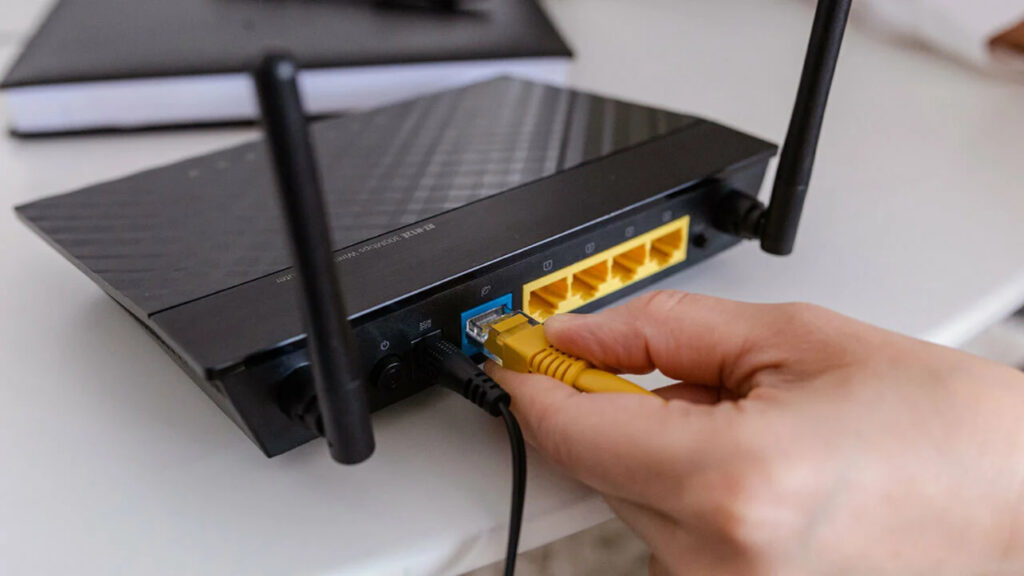
- Enter the IP address as an URL like http://10.0.0.2 into your browser. The login page will appear. Enter your username and password. You can either enter the default ones or, if you have changed them, join those.
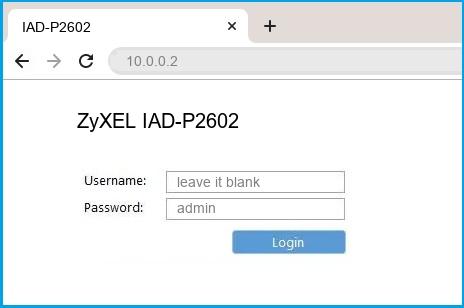 The router settings page will appear upon successful login.
The router settings page will appear upon successful login.
Assigning IP Address
See:
Automatic Assignment
Firstly, the address is either automatically assigned by the Router itself. This is usually done in computers that support DHCP. The Router is set up to manage a particular type of network in a given range, and the Router automatically decides which address to assign from the DHCP pool. Therefore, the Router that sets up a local network of 10.0.0.1 provides a client with a network of 10.0.0.2.
Manual Assignment
You can also assign your IP address manually on most modern networks. This is called a static IP address. To do this, you must enter the address 10.0.0.2 into a network setting configuration on your device. But merely entering the text does not guarantee the assignment of the IP address; the local Router must also be configured to support 10.0.0.2 in its supported network range.
Changing Default Password & Username
You will want to change your default username and password to secure your network from hackers and malicious advances. Changing your username and password for your network is not at all problematic. Just follow the given steps:
- Go to http://10.0.0.2. Enter the current login credentials.
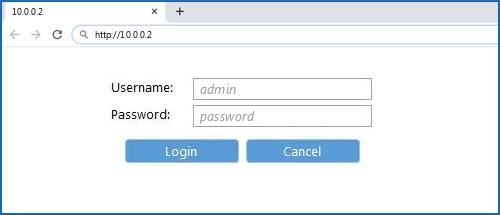
- Since the default login credentials are publicly available, you should change them immediately. Accessing the administrator page will enable you to change the default username and password. Make sure you set it to something unique. Set a unique SSID. If left unchanged, your network credentials will be easy to guess, and anyone can access it, leaving you with no privacy. Change your SSID to something unique.
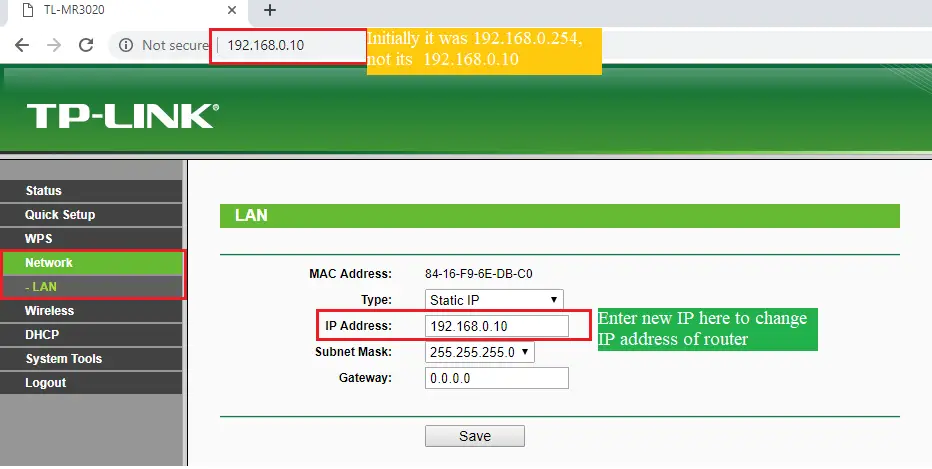
- Next, update your security settings. From the security tab of the Router’s admin tool, enable the industry standard WPA2-PSK for standard encryption. Of course, if you want to, you can apply advanced encryption.
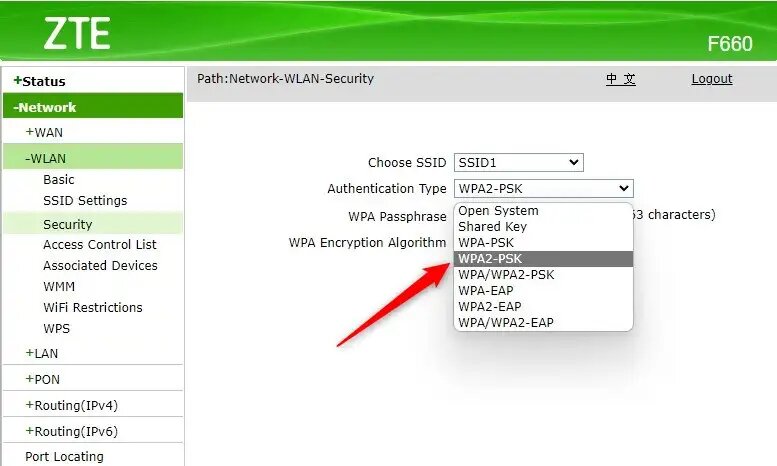
Troubleshooting Issues
Refer:
Forgotten Password
The best way to prevent this will be if you have stored it somewhere else or write it down.
But in the worst-case scenario, you may have to force restart your Router and restore factory settings.
To reset the Router, look for the reset button. The reset button is usually tiny and hidden to avoid accidental resets. Press down on the reset button with a sharp object like a pin for 20-30 seconds. This will reset the Router; you can enter using the default login details.
If you are still unsuccessful, contact your customer support.
10.0.0.2 Not Loading/Working
This may happen if multiple devices are trying to connect simultaneously. Also, ensure you use the correct IP address to access the admin’s interface. (Possible mistakes maybe 10.0.0.0.2 or 10.0.02 or 10.0.2). If your IP is not working, the first step you must take is to check the IP address you are entering.
If you see the address is correct, then check the connection. Please ensure the wires are correctly connected, and the cables are secure enough.
As a last resort, switch off your Router and start it again. Start the login process again.
Not Accessing Admin Settings
If you see a message that says “Web page not responding,” you may have entered the wrong IP to get to the admin settings page.
Check Your IP Address
Windows Users
1. Go to the search menu and type “cmd” in the search bar to open the command prompt.
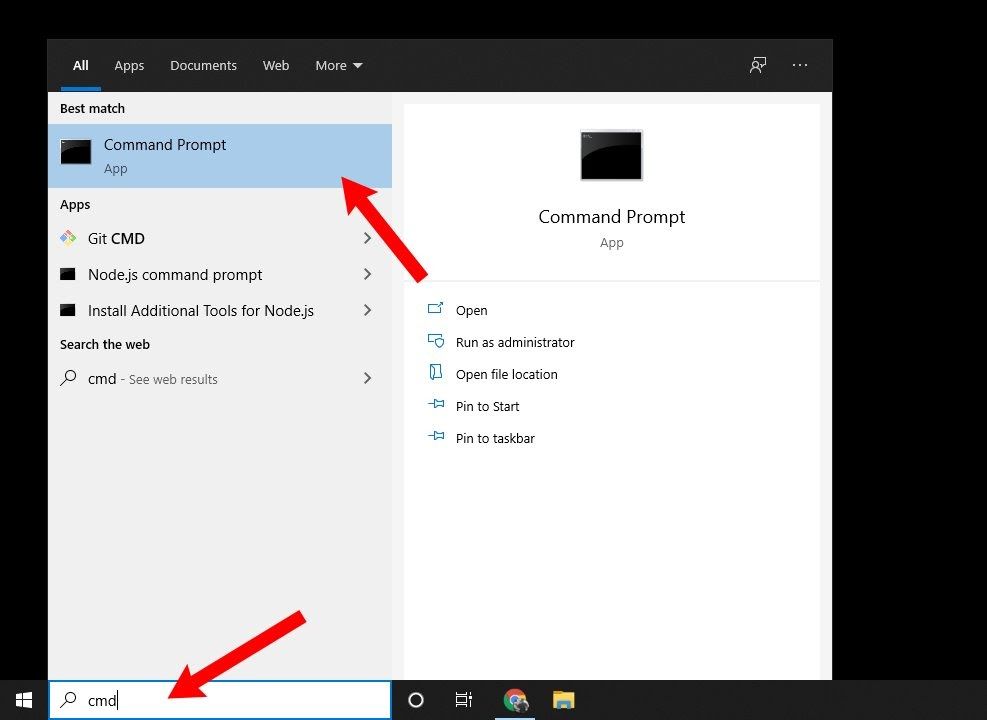
2. In the command prompt, type in IPconfig and hit enter. You can see the network details displayed on your screen.
Mac Users
1. Go to the search bar. Alternatively, press command+spacebar. Write terminal. A terminal screen will appear. Type in IPconfig and hit enter.

2. Your network details will be displayed.
FAQs
Where is 10.0.0.2 the default address found?
You can mostly see 10.0.0.2 address in local networks and computers.
What are the methods of assigning the IP address?
You can assign the IP address manually by accessing the website or automatically by the router.
What can I do if I forget my username and password?
Forgetting the username and password of the Router is not a big deal. One method to try is having a needle and pressing for 5 to 10 seconds on the back of the Router. The light will blink a few times and stop; now, you can turn on the Router again and set a new password.
How to check my IP address in Windows?
Open your command prompt and give the command CMP. We will see our IP address in the output.
Conclusion
This article is about the IP address 10.0.0.2 and its various related issues. It describes what the protocol is and where and why it is used. You can also discover a few common problems and simple ways to overcome them.
I hope this helps!

Learn everything that is related to Router Login, IP Addresses in an extremely simple way. Also get access to all the usernames and passwords of different routers.
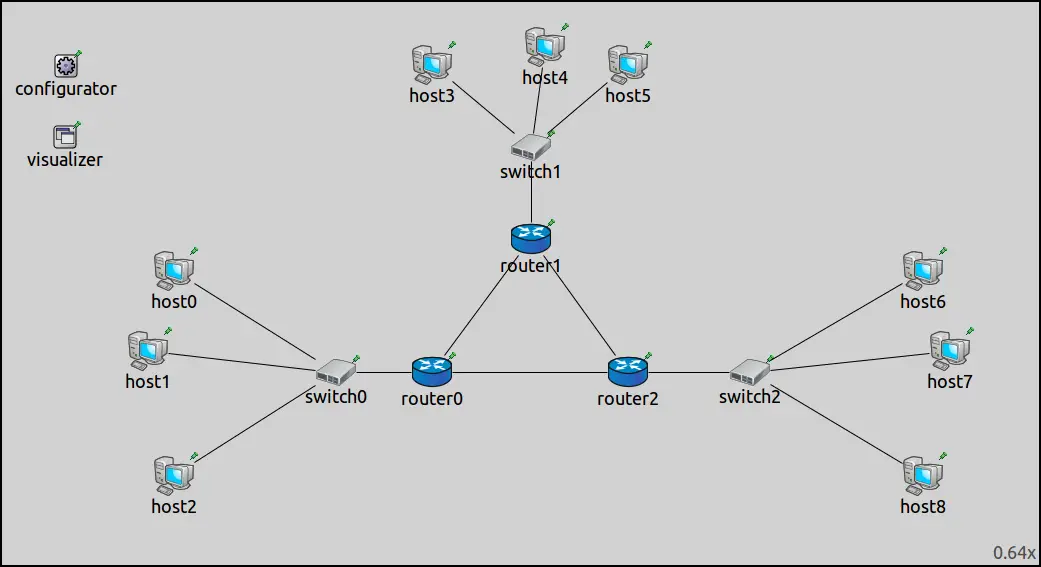
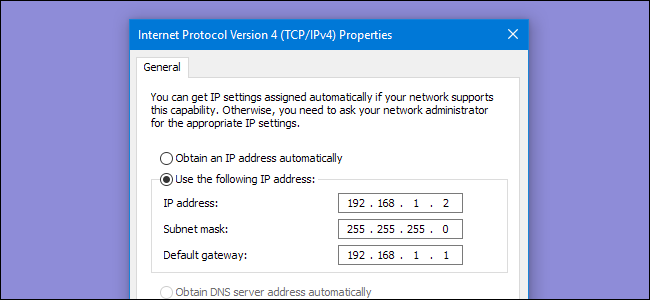

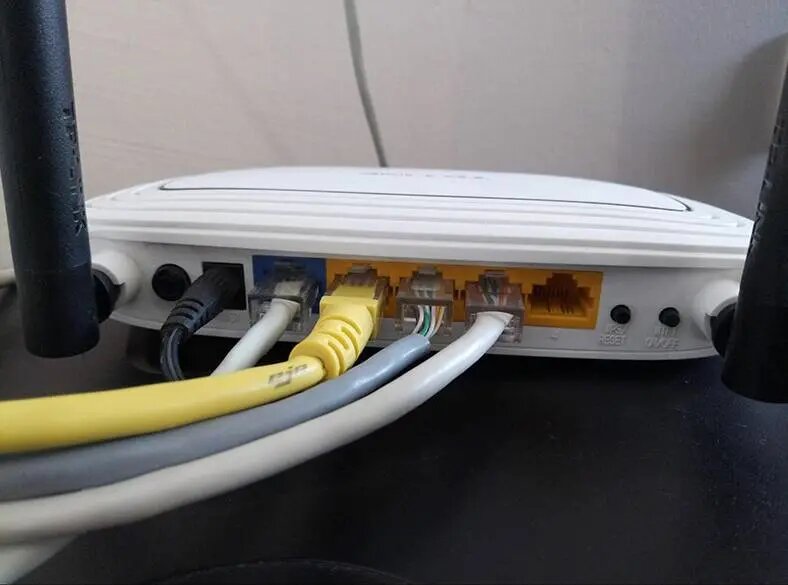
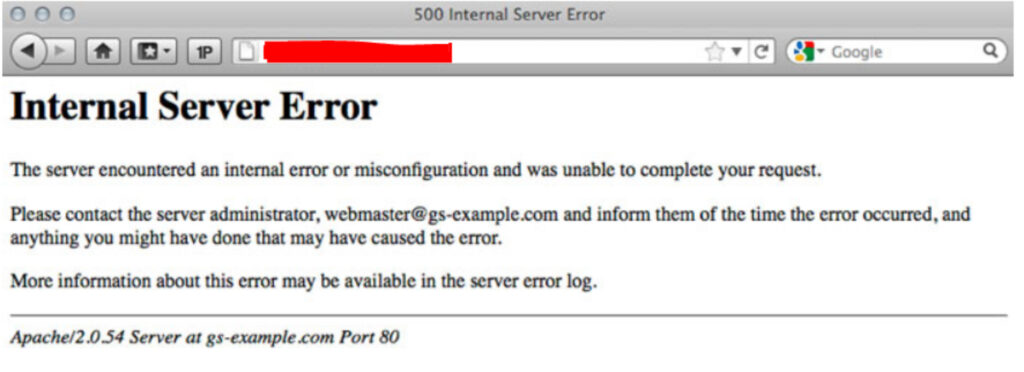

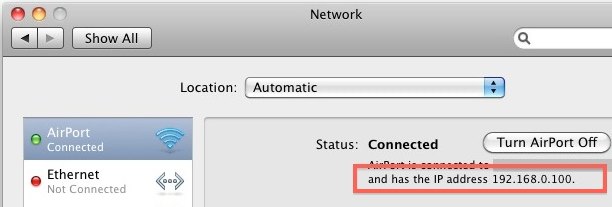

Very nice 👌 app